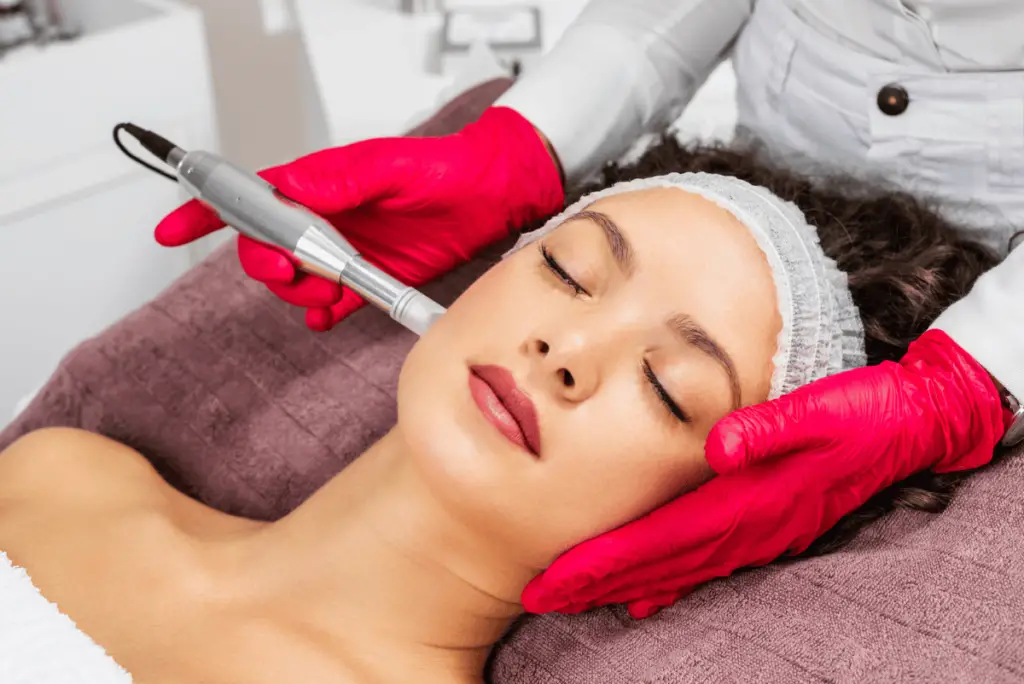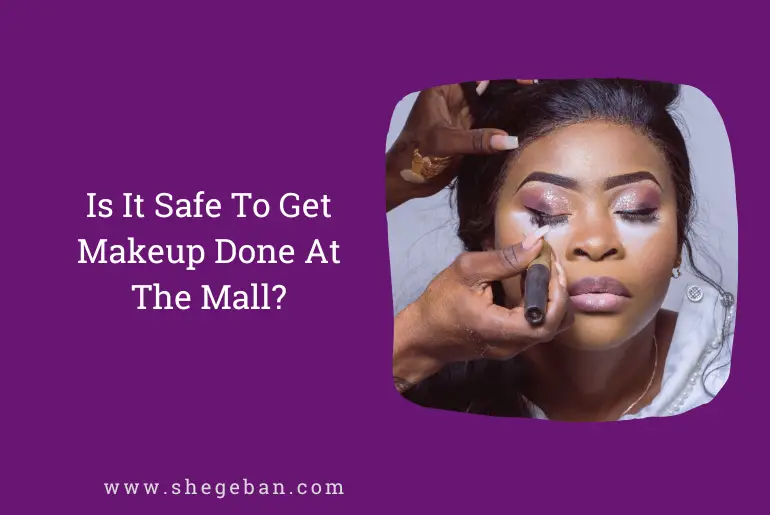Cell regeneration slows down, collagen and hyaluronic acid levels decline, and proteins like elastin lose their ability to provide structural support.
Bit by bit, our skin loses its youthful smoothness and suppleness as we age. So, you may notice areas that were once firm and taut have now become softer and looser. Fine lines multiply, deepening ever so subtly into wrinkles.
If you’re already noticing signs of aging in your skin, don’t freak out! There’s hope – the latest holistic skincare makes the most of science and self-care to nurture ageless beauty with grace.
In fact, research analysts anticipate the global cosmetic procedure market to reach USD$332.11 billion in 2030. That’s a 14.7% annual growth rate during the analysis period (2023 to 2030).
This means that everyone is on the lookout for game-changer products and treatments that make a real difference in how they feel about themselves. One gaining traction is the fascinating industry of microneedling.
Let’s take a closer look at this skin-revitalizing solution.
A Quick Overview of Microneedling
Microneedling, also called collagen induction therapy, has become an incredibly popular skin treatment in recent years.
Why not? It’s a minimally invasive cosmetic procedure with the aim of rejuvenating the skin. It involves the use of a specialized device equipped with tiny, sterile needles that create controlled micro-injuries on the surface of the skin.
The Science of Microneedling
You may be wondering, ‘How exactly puncturing your skin with tiny needles leads to such remarkable skin rejuvenation.’ To answer your question, here’s a comprehensive guide to the science behind this innovative skincare technique:
1. Activation of skin’s repair mechanism
Microneedling relies on the skin’s innate healing ability, stirred up by controlled micro-injuries brought about by tiny needle pricks.
When the microscopic needles penetrate the surface, they cause minor trauma – just enough to activate regenerative processes without causing excessive inflammation.
This kicks the skin into repair mode, as specialized growth factors signal it to fill gaps and rebuild the extracellular matrix.
2. Collagen induction
Collagen – the ‘building block’ of youthful skin – plays a crucial role in microneedling’s efficacy.
The micro-injuries created by the needles stimulate fibroblasts, producing new collagen fibers. This surge in collagen production enhances the skin’s structural integrity. The result? Increased firmness and less visible fine lines and wrinkles.
3. Elastin synthesis
Microneedling also promotes elastin synthesis. This protein is vital for maintaining the skin’s elasticity, allowing it to stretch and return to its original state.
The controlled micro-injuries encourage the skin to generate new elastin fibers, contributing to enhanced skin resilience and suppleness.
4. Micro-channels enhancing product absorption
The micro-injuries created during microneedling also serve a dual purpose by creating micro-channels on the skin’s surface.
These act as gateways, boosting the absorption of skincare products. This means that topical serums and moisturizers can penetrate more effectively, reaching the deeper layers.
5. Acceleration of cell turnover
Microneedling accelerates the natural process of cell turnover. The controlled injuries it causes trigger the shedding of old, damaged skin cells, revealing new, healthy cells.
This contributes to a more radiant complexion, addressing issues like dullness and uneven skin tone.
As you can see, microneedling stands out as a globally encompassing anti-aging treatment owing to this diverse scientific foundation.
It kickstarts complete skin rebirth rather than just boosting collagen or hydration. Be sure to choose a reputable dermatologist or skincare professional specializing in microneedling sessions to have a safe and effective experience.
Their expertise ensures that the procedure is tailored to your specific needs, maximizing its benefits while minimizing any potential risks.
Widespread use for various skin concerns
Due to the far-reaching cellular effects induced, microneedling provides therapeutic benefits for numerous aesthetic skin applications, including:
- Fine lines and wrinkle reduction
- Improving hyperpigmentation
- Minimizing enlarged pores
- Correcting acne scars
- Reducing stretch marks appearance
- Lifting sagging skin
- Restoring shine and vibrancy
Most patients see noticeable improvements after a few sessions done at monthly intervals. Maintenance sessions every three to six months help sustain optimal skin health.
Aside from that, microneedling has emerged as a promising treatment for individuals dealing with hair loss disorders. The science-backed principles that make it effective for skin rejuvenation also contribute to its potential in addressing hair loss concerns.
Temporary side effects after the microneedling treatment
Similar to many cosmetic procedures, microneedling may present temporary side effects immediately after the treatment. It’s important to note that these responses are generally expected and are part of the skin’s natural healing process.
- Redness and irritation: Some degree of redness and irritation is expected right after microneedling. It may last 24-48 hours as the micro-injuries heal. Anti-inflammatory creams provide relief.
- Pinpoint bleeding: During the session, minor pinpoint bleeding often occurs. The aesthetician will dab and clean this away. Post-bleeding is very rare. You may seek medical help if it’s concerning.
- Swelling: Mild swelling and puffiness around needled areas are common. They usually heal within three days. You can use a cold compress or ice pack on the treated areas to reduce swelling and soothe the skin.
- Tenderness and tightness: After microneedling, the skin may feel tender, tight, itchy, or sunburned, but these sensations typically subside within two to three days. Non-prescription analgesics ease sensitivity.
- Dryness/flaking skin: Top layers usually shed three to six days post-microneedling. Gentle cleansing plus hydrating creams restore moisture balance, preventing visible flakes.
While visually concerning initially, you may find short-term irritation and flakiness a minor annoyance. Proper guidelines for gentle skin care after each appointment make the procedure tolerable. It’s best to communicate any persistent concerns promptly rather than waiting until the next visit.
Conclusion
Ultimately, microneedling unleashes a multiplicity of regenerative and restorative skin processes for impressive, holistic renewal. This harmony of science and self-healing makes microneedling not just a cosmetic procedure but a journey toward radiant, healthier skin.






